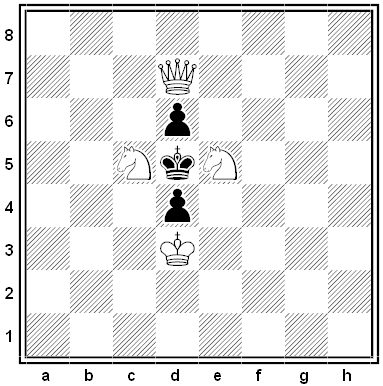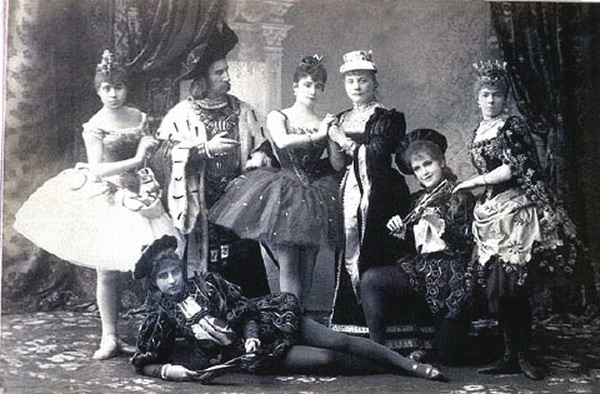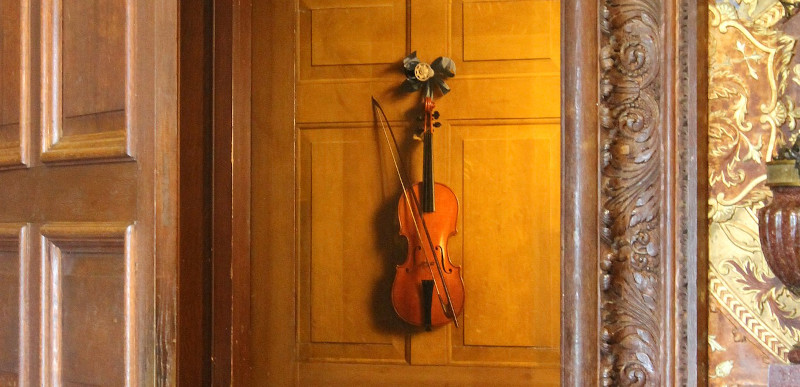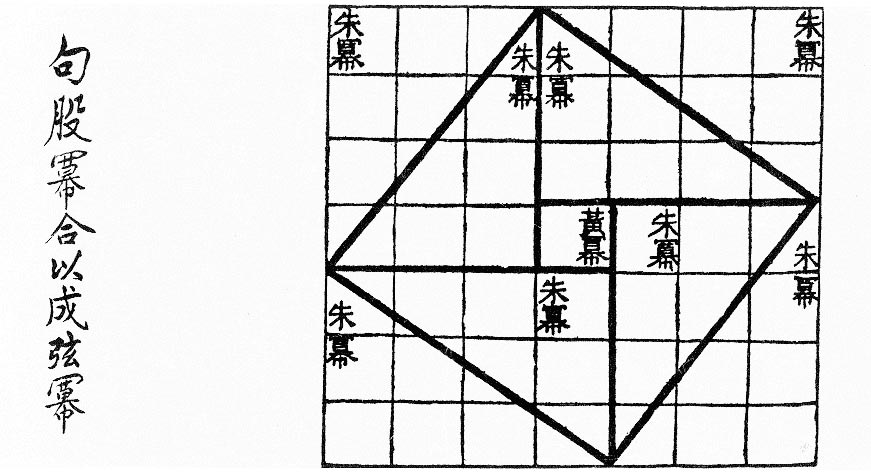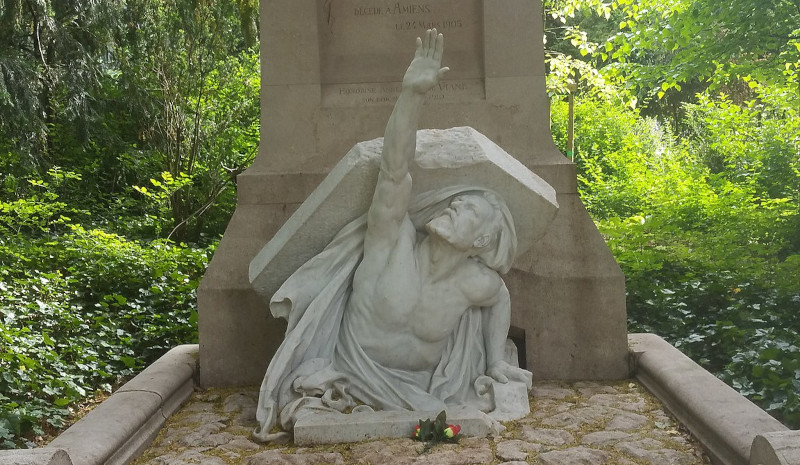The 15th-century Venetian navigator Alvise Cadamosto describes a curious convention by which the Mauritanian Azanaghi traded salt with the merchants of Mali:
All those who have the salt pile it in rows, each marking his own. Having made these piles, the whole caravan retires half a day’s journey. Then there comes another race of blacks who do not wish to be seen or to speak. They arrive in large boats, from which it appears that they come from islands, and disembark. Seeing the salt, they place a large quantity of gold opposite each pile, and then turn back, leaving salt and gold. When they have gone, the Negroes who own the salt return: if they are satisfied with the quantity of gold, they leave the salt and retire with the gold. Then the blacks of the gold return, and remove those piles which are without gold. By the other piles of salt they place more gold, if it pleases them, or else they leave the salt. In this way, by long and ancient custom, they carry on their trade without seeing or speaking to each other.
In this way different cultures can trade safely without speaking the same language. It’s called the “silent trade”; Herodotus describes a similar practice between Carthage and West Africa, and it’s been reported also in Siberia, Lapland, Timor, Sumatra, India, Sri Lanka, and New Guinea.
Why didn’t the Malians simply take the salt? Presumably because trade was more valuable to them in the long run. I wonder how such a custom gets started in the first place, though.



